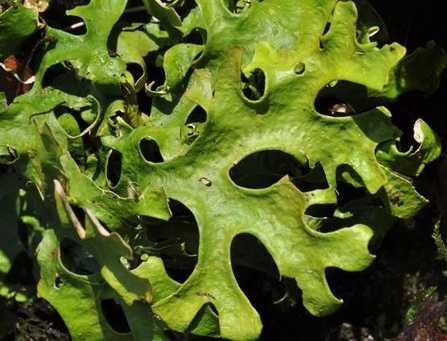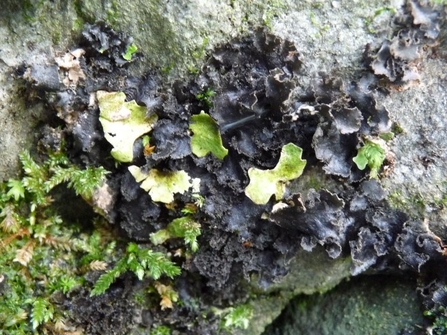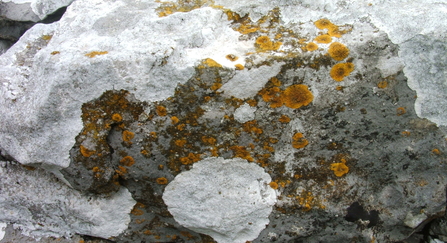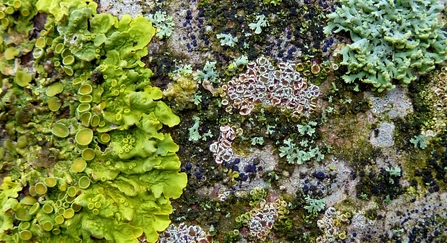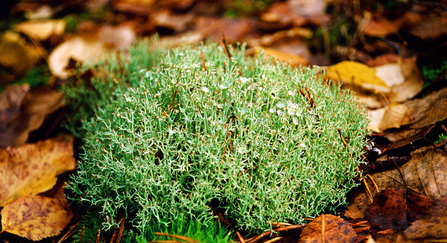What are lichens?
Lichens are not plants nor are they animals that behave like plants (looking at you, coral); in fact, lichens are the result of at least two different kingdoms of life working together. Lichens are made up of one or more types of fungi combined with a type of single-celled alga and/or a type of cyanobacterium. Algae are similar to plants but are not similar enough to actually be plants, and cyanobacteria are a type of bacteria that can make food from sunlight via photosynthesis.
The fungi create the structure of the lichen, collect minerals for it and store water within it, meanwhile the algae/cyanobacteria use photosynthesis to create food for the lichen. The minerals, water and food are shared between the different organisms that make up the lichen, in order to keep all of them alive. This is known as mutualistic symbiosis, a process where different species work together to solve their problems.
Because lichens are not just one organism, it can be hard to classify them. Scientists tend to cheat in this regard and just name the lichen after the main fungus that makes it up. This is not a great way of classifying lichen, as you can have two different lichens that are made up of different species of algae or cyanobacteria, which are scientifically classified as the same ‘species’ of lichen.

